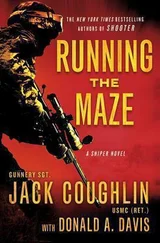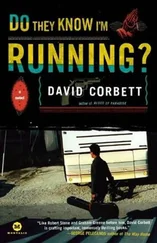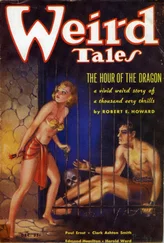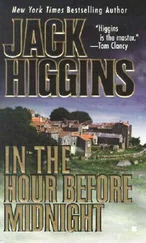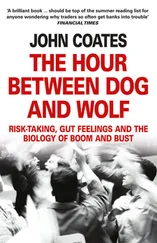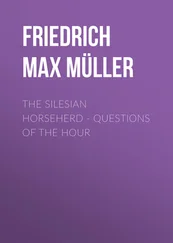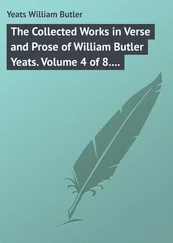Marlene Dunlevy, Ryan Bowman, Eric Bain, Ben Urwand, Emily Cohen, Ryan Wilcoxon, Elizabeth Beeby, Adam White, Leslie Henkel, Alice Brett and Catherine Foley. My father and mother; my siblings Brandon, Alyssa and Lucian.
This is a work of fiction, but it owes its existence to the many lives that inspired it. Wilfred Owen, George Leigh Mallory, Robert Graves, Vera Brittain, Virginia Woolf, Siegfried Sassoon, T. Howard Somervell, J. B. L. Noel, Geoffrey Winthrop Young and F. S. Smythe are among the scores of individuals whose experiences — captured in their letters, memoirs, diaries, poems or other accounts — made me write this book. I hope I can be forgiven for taking certain liberties with historical events and geography, as well as the people and military units mentioned in these pages. Although I have endeavored to be as faithful to the past as possible, fiction ultimately diverges into a world of its own.
Dr. A. M. Kellas’s speech “Notes on the Possibility of Ascending the Loftier Himalaya” is derived from the version printed in The Geographical Journal , vol. 47, no. 6, delivered at the Royal Geographical Society on May 18, 1916. Two excerpts from The Times of London appear in this book: “Everest Victims: Story of a Grand Lama’s Warning,” July 29, 1924, issue, and “The Mount Everest Tragedy: Message from the King,” June 21, 1924, issue; a portion of the latter is extracted as Ashley’s eulogy from the King. J. B. L. Noel’s 1924 film The Epic of Everest , also quoted here, is available from the British Film Institute. The verse that Pritchard recites when he meets Tristan is from Rudyard Kipling’s poem “If—”; the online encyclopedia entry for “poste restante,” which Tristan reads with Mireille, is from Wikipedia. The article “Post from the Peak of Everest” appeared in the Daily Chronicle of February 13, 1924. Dr. Hingston’s view of the Rongbuk Valley is based on his chapter “Natural History” in the official expedition narrative, The Fight for Everest, 1924 , while the account of the lama’s diary is derived from E. O. Shebbeare’s expedition diary in the Alpine Club archive. I am indebted to Wilfred Owen not only for this book’s title, but for the trigger word “mistletoe,” which he used in his own letters to his mother — a word too perfect for any substitute.
And to all the people who helped a stranger in his travels—
Thank you.
Simon & Schuster Reading Group Guide
The Steady Running of the Hour
Justin Go
About This Guide
This reading group guide for The Steady Running of the Hour includes an introduction, discussion questions, ideas for enhancing your book club, and a conversation with author Justin Go. The suggested questions are intended to help your reading group find new and interesting angles and topics for your discussion. We hope that these ideas will enrich your dialogue and increase your enjoyment of the book.
Introduction
Just after graduating college and at loose ends in San Francisco, Tristan Campbell receives a letter delivered by special courier. It contains the phone number of a Mr. J. F. Prichard of Twyning & Hooper, Solicitors, in London — and news that could change Tristan’s life forever.
In 1924, Prichard explains, an English alpinist named Ashley Walsingham died attempting to summit Mount Everest, leaving his fortune to his former lover, Imogen Soames-Andersson. But the estate was never claimed. Information has recently surfaced suggesting Tristan may be the rightful heir, but unless he can find documented evidence, the fortune will be divided among charitable beneficiaries in less than two months.
In a breathless race through Europe, Tristan pieces together the story of a forbidden affair set against the tumult of the First World War and the pioneer British expeditions to Mount Everest, and he becomes obsessed with the tragic lovers in the process. Part love story, part historical tour de force, The Steady Running of the Hour is a heartrending and utterly compelling debut that announces the arrival of a stunningly talented author.
Topics & Questions for Discussion
1. The novel’s title is taken from a line in the epigraph that begins the novel. How does the epigraph, from “Strange Meeting,” relate both to Tristan’s quest and Ashley’s life? Why do you think Justin Go chose to title his novel The Steady Running of the Hour ?
2. Of Imogen and Ashley, Geoffrey Khan says, “These were not people like you and me.” What does he mean? What were your first impressions of both Ashley and Imogen? Did any of their actions surprise you as you learned more of their love story? Which ones, and why?
3. Tristan recounts how his half brother, Adam, told him, “I always ask for advice so I can worry about it. Then I go and do the thing I was going to do anyway, because knowing it’s a bad idea never stopped me.” Do you agree with Adam’s assessment of Tristan? Give examples from the book that support your opinion. Why do you think Tristan chooses to share Adam’s words with Mireille?
4. Describe the trust that Tristan stands to inherit. How was it set up, and why? Why do you think Prichard is so invested in having Tristan inherit Ashley’s estate?
5. Ashley tells Imogen that he joined the army because “I was bored at Cambridge…. And I was fool enough to worry I’d miss something if I kept out of the war.” Compare Ashley’s ideas of war with the realities he faces in the trenches. Describe his wartime experiences. Do they change him? If so, how?
6. Mireille says that “even love can sometimes be a mistake, and that perhaps this vanished love of Ashley and Imogen’s had been a wasted one.” Do you agree with Mireille about Ashley and Imogen’s relationship? Do you think they loved each other? Why or why not? Describe the nature of their love.
7. As Tristan delves more deeply into Ashley and Imogen’s history, his reaction to Ashley’s estate changes. How does it change? What accounts for the alteration in his feelings toward it? Why do you think Imogen never claimed Ashley’s estate, despite being named heir?
8. Eleanor criticizes Imogen for “turning away from ordinary choices,” saying, “If someone expects something from you, you can’t bear to give it to them.” Is Eleanor right about Imogen’s character? In what ways has Imogen turned away from “ordinary choices,” and what have the results been? Compare the two sisters. How are they different?
9. When a hotel clerk mistakenly thinks Imogen and Ashley are married, she’s displeased because “it’s just not how I want to think of us.” Contrast Imogen’s attitude toward marriage with Ashley’s. She believes that “one oughtn’t give names to what two people are to one another. It only makes it harder to be one’s self.” Do you agree with her? Why or why not?
10. When Tristan speaks of his plan to leave France and go to Berlin, Mireille is critical of him: “You don’t understand what’s going on around you.” In what ways do his experiences change him, and are they for the better? Why do you think Mireille reacts so strongly to the plan? Is she justified in her criticisms of Tristan? Why or why not? What are some of Tristan’s aspects that Mireille disapproves of?
11. While Imogen is in Sweden, she wonders if she and Ashley had “truly made choices, or had they given in to forces they felt too weak to resist?” What do you think? Did they have choices with regard to their love affair? Both Imogen’s relationship with Ashley and Tristan’s with Mireille unfold over the course of only a few days. Compare and contrast the two relationships. In what ways, if any, are the two relationships alike?
Читать дальше

